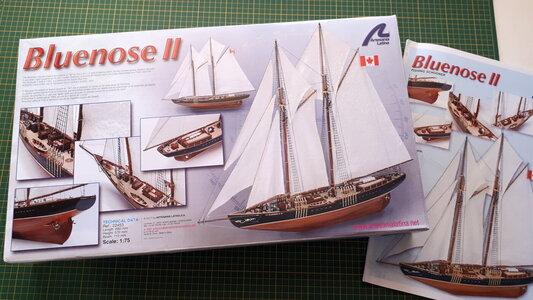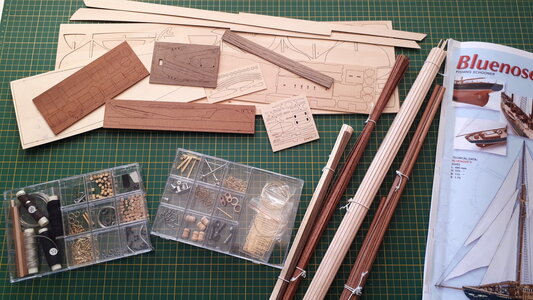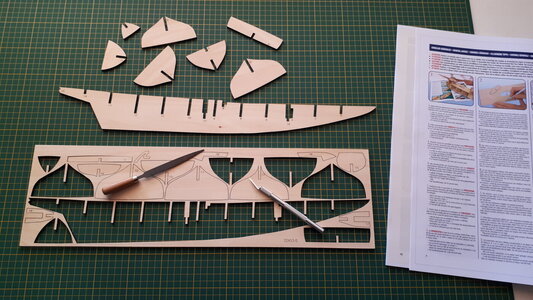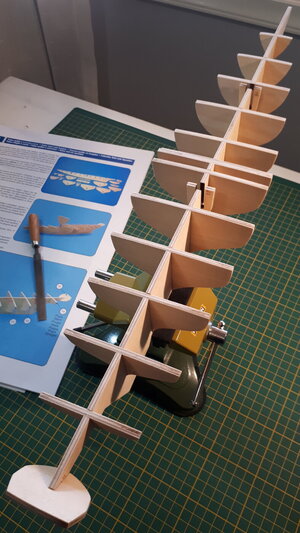This is my very first ship modelling endeavour, or my first modelling endeavour of any nature really. I ordered the Bluenose II from Artesania Latina as a starting point and it already feels that I'm punching well above my weight. Nonetheless, I was encouraged by other build logs on this forum and thought I'd try the same, so any advice and suggestions are more than welcome. With family and work commitments, and a total lack of experience, it is likely that this build, if successful, will be the slowest build known to man. Still, I am fascinated by sail ships in general, and look forward to the challenge of building the Bluenose II, learning more about modelling in general, not to mention coming to terms with all the nautical terminology with which I am wholly unfamiliar 












